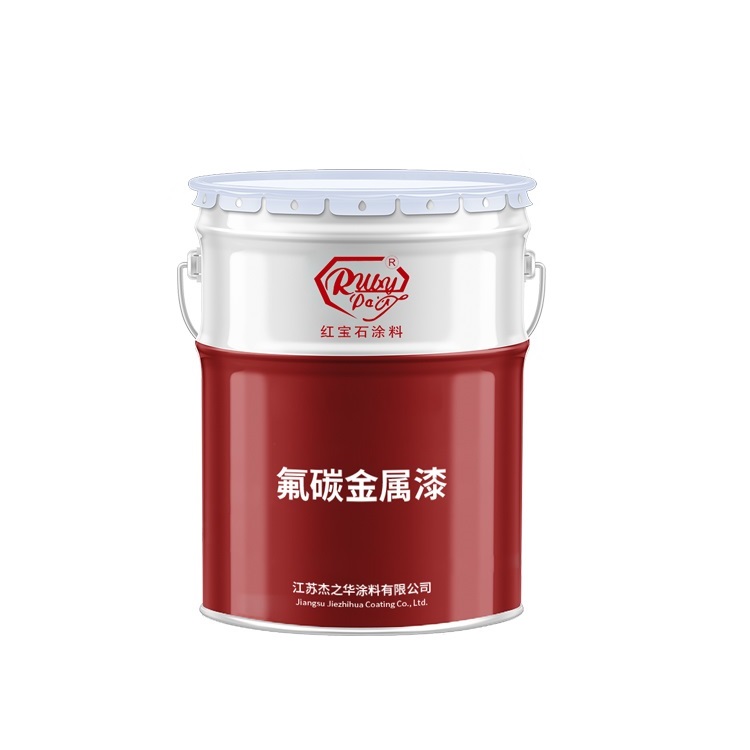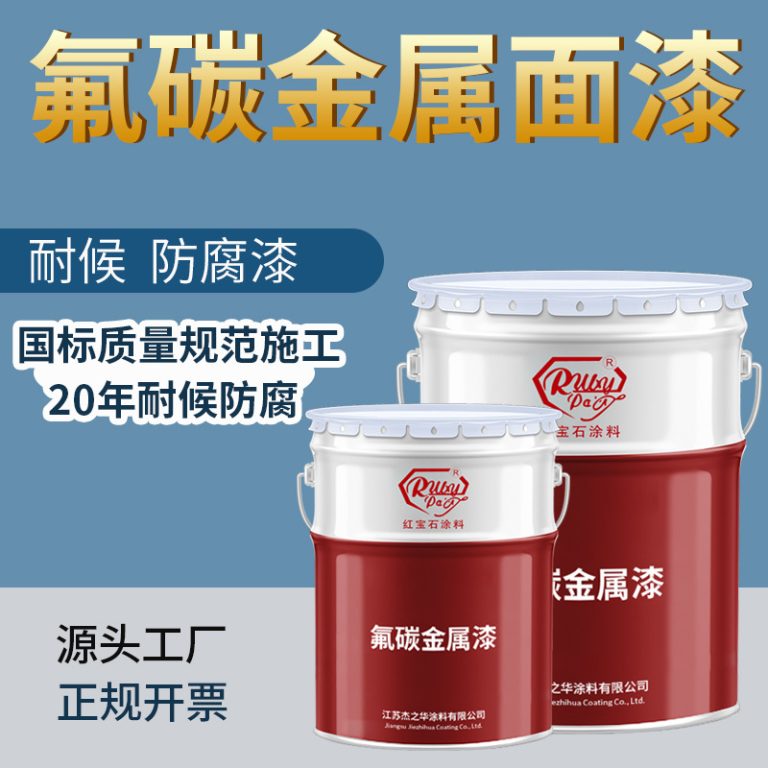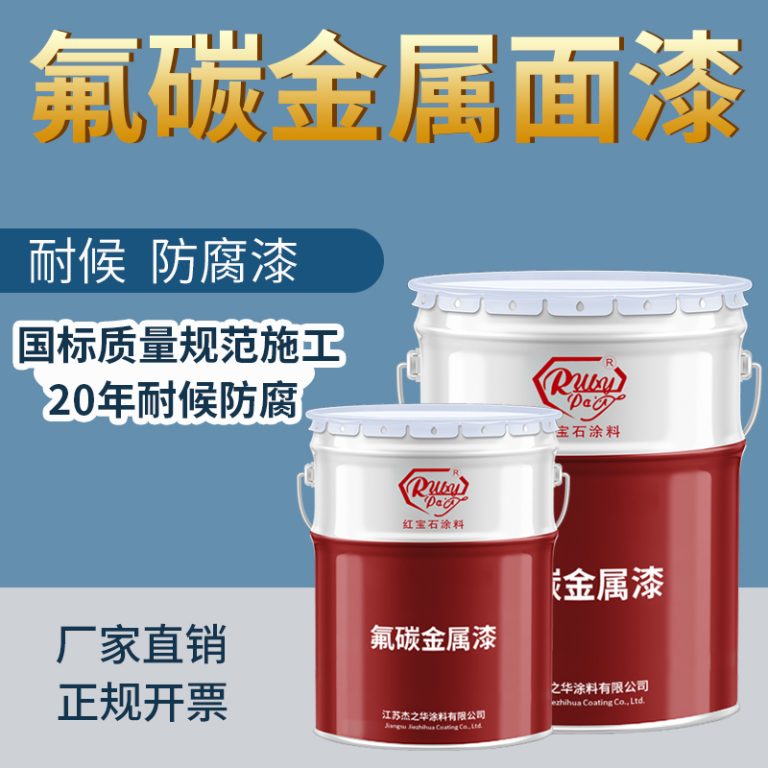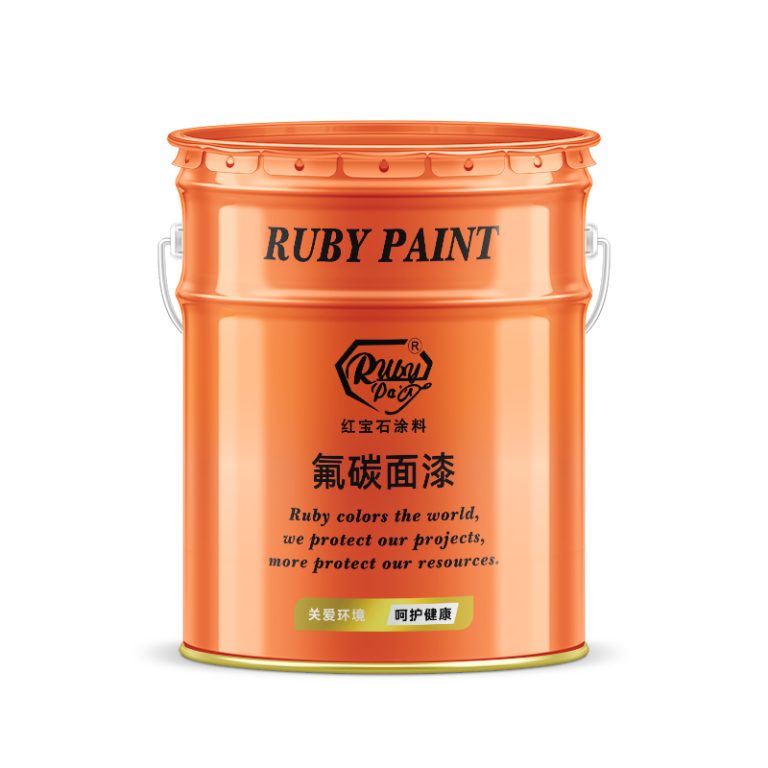Table of Contents
Marine Paint Melbourne: Top Products for Boat Protection
Marine paint is an essential component for boat owners in Melbourne, as it provides protection against the harsh marine environment. The salty water, UV rays, and fluctuating temperatures can cause significant damage to boats if they are not properly protected. Marine paint acts as a barrier, shielding the boat from these elements and extending its lifespan. There are several top products available in the Melbourne market that offer superior protection for boats.
One of the most popular marine paints is the epoxy-based paint. This type of paint is known for its durability and resistance to water and chemicals. Epoxy paint forms a hard, protective coating on the surface of the boat, preventing moisture from penetrating the material and causing corrosion. It is also resistant to UV rays, which can cause fading and deterioration of the boat’s surface. Epoxy paint is ideal for boats that are frequently exposed to harsh marine conditions, as it provides long-lasting protection.
Another top product for boat protection is polyurethane paint. This type of paint is known for its high gloss finish and excellent color retention. Polyurethane paint is also highly resistant to abrasion and impact, making it ideal for boats that are subjected to frequent use. It provides a smooth, glossy finish that enhances the appearance of the boat while also protecting it from the elements. Polyurethane paint is available in a wide range of colors, allowing boat owners to customize the appearance of their vessels.
In addition to epoxy and polyurethane paints, there are also specialized marine paints designed for specific applications. For example, antifouling paint is used to prevent the growth of marine organisms on the hull of the boat. This type of paint contains biocides that inhibit the growth of barnacles, algae, and other marine life that can attach to the boat and cause damage. Antifouling paint is essential for boats that are moored in the water for extended periods, as it helps to maintain the integrity of the hull and reduce drag.
When selecting marine paint, it is important to consider the specific needs of the boat and the conditions it will be exposed to. For example, boats that are used in saltwater environments may require different types of paint than those used in freshwater. It is also important to consider the type of material the boat is made from, as some paints may not be compatible with certain materials.
Proper application of marine paint is also crucial for achieving optimal protection. It is important to follow the manufacturer’s instructions and ensure that the surface is properly prepared before applying the paint. This may involve cleaning, sanding, and priming the surface to ensure that the paint adheres properly and provides a smooth, even finish.
In conclusion, marine paint is an essential investment for boat owners in Melbourne, as it provides protection against the harsh marine environment. There are several top products available, including epoxy-based paint, polyurethane paint, and specialized antifouling paint. When selecting marine paint, it is important to consider the specific needs of the boat and the conditions it will be exposed to. Proper application of the paint is also crucial for achieving optimal protection and extending the lifespan of the boat.
Application Techniques for Marine Paint in Melbourne’s Coastal Environment
Marine paint is an essential component for protecting boats and other marine structures from the harsh conditions of Melbourne’s coastal environment. The application of marine paint requires careful consideration of various factors to ensure optimal performance and longevity. In this article, we will explore some of the key application techniques that are particularly relevant to Melbourne’s unique coastal conditions.
| Serial Number | Products |
| 1 | Epoxy Zinc rich paint |
One of the primary considerations when applying marine paint in Melbourne is the preparation of the surface. Proper surface preparation is crucial for achieving a strong bond between the paint and the substrate. This involves thoroughly cleaning the surface to remove any dirt, grease, or other contaminants. Additionally, any existing paint or coatings should be removed if they are in poor condition. Sanding the surface can also help to create a rough texture that will enhance the adhesion of the new paint.
| No. | Product |
| 1 | Industrial paint |
Once the surface is properly prepared, the next step is to choose the right type of marine paint for the specific application. There are various types of marine paints available, each with its own advantages and disadvantages. For example, epoxy-based paints are known for their durability and resistance to water and chemicals, making them a popular choice for boats and other marine structures. However, they can be more difficult to apply and may require special equipment. On the other hand, acrylic-based paints are easier to apply and provide good UV resistance, but they may not be as durable as epoxy-based paints.
The application method is another important factor to consider when applying marine paint in Melbourne’s coastal environment. Brushing and rolling are the most common methods for small-scale applications, such as touch-ups or painting small boats. These methods provide good control over the thickness of the paint and allow for precise application in tight spaces. However, for larger-scale applications, such as painting the hull of a large boat, spraying may be a more efficient and effective method. Spraying provides a more uniform coverage and can save time and labor costs.
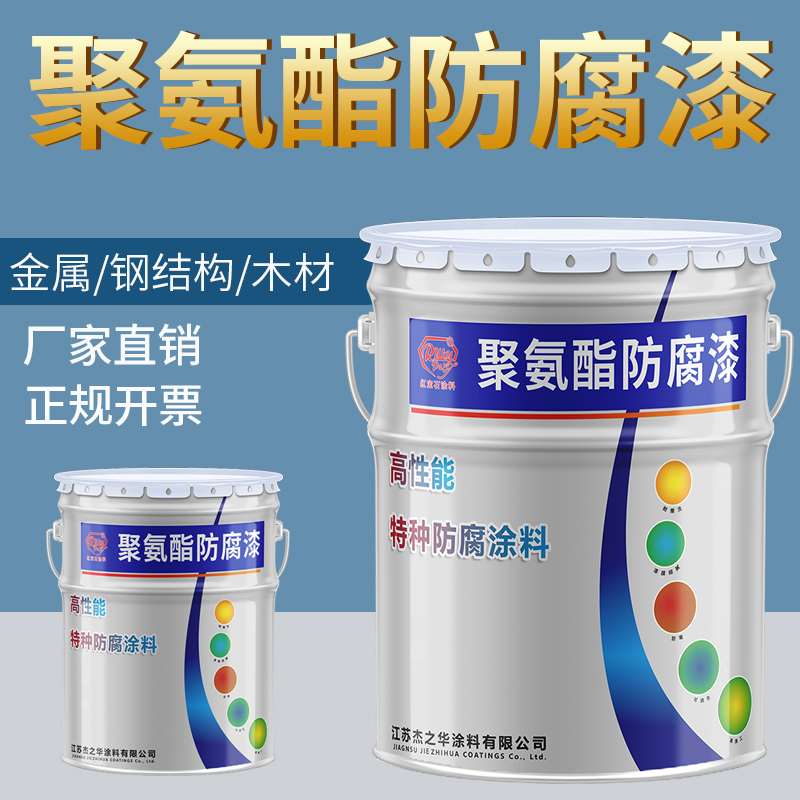
Environmental conditions also play a critical role in the application of marine paint in Melbourne. Temperature, humidity, and wind can all affect the drying and curing of the paint. It is important to choose a day with mild weather conditions for painting, as extreme temperatures or high humidity can cause the paint to dry too quickly or too slowly, leading to poor adhesion and an uneven finish. Additionally, windy conditions can cause overspray and contamination of the paint surface.
Finally, it is important to follow the manufacturer’s recommendations for application and curing times. Each type of marine paint has its own specific requirements for application and curing, and failing to follow these recommendations can result in poor performance and reduced lifespan of the paint. It is also important to apply multiple coats of paint, as this will provide better protection against the harsh marine environment.
In conclusion, the application of marine paint in Melbourne’s coastal environment requires careful consideration of various factors, including surface preparation, paint selection, application method, environmental conditions, and manufacturer’s recommendations. By following these guidelines, boat owners and marine professionals can ensure that their marine structures are well-protected and maintain their appearance and functionality for years to come.

